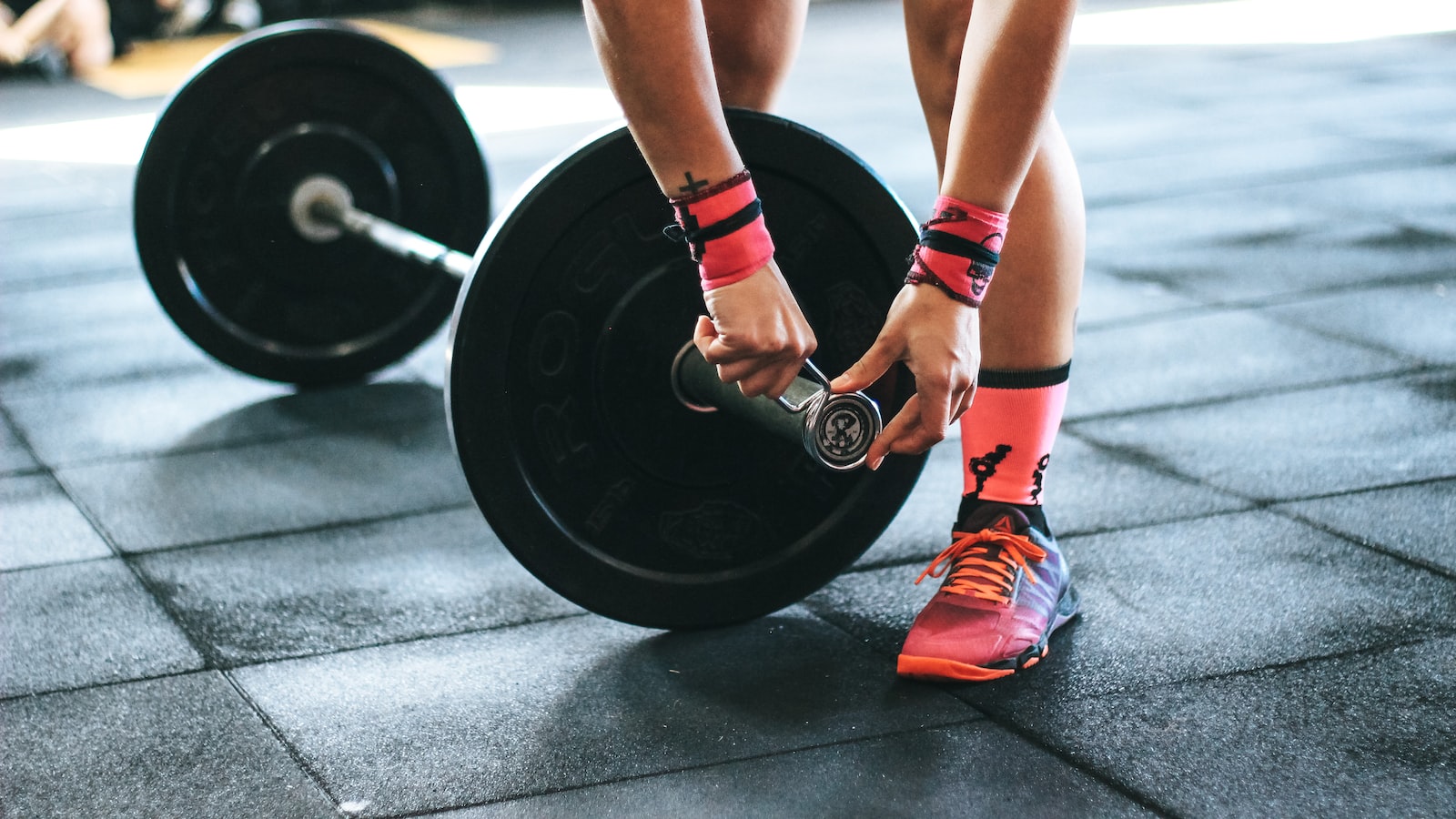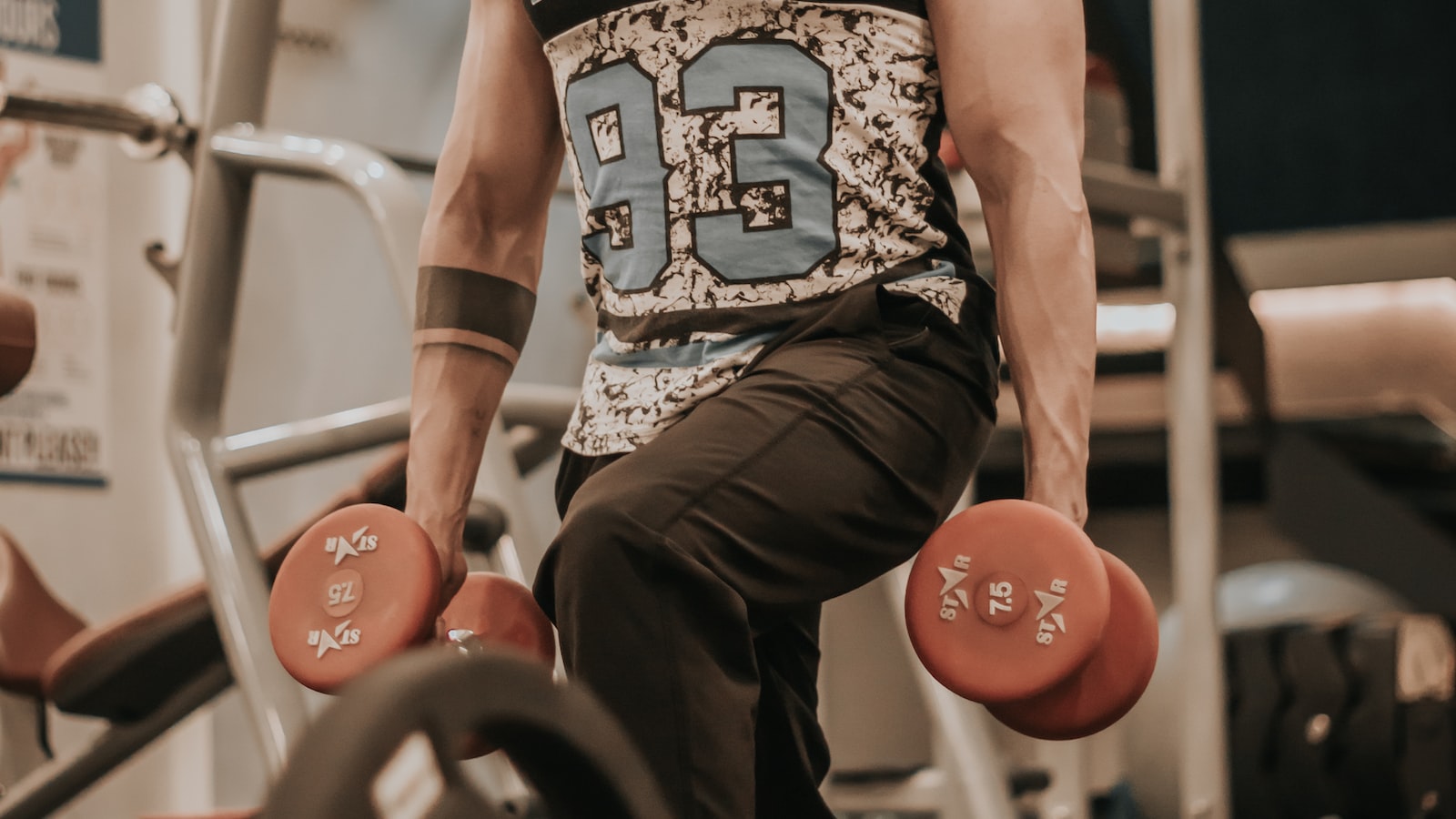
Are you tired of feeling stiff and inflexible? Do you want to improve your range of motion and overall physical performance? Look no further than the power of stretching. Flexibility is an essential component of functional fitness, allowing us to move more efficiently and reduce the risk of injury. In this article, we’ll explore some stretching tips to help you flex your way to better health and fitness. Whether you’re a seasoned athlete or just starting out on your fitness journey, these tips will help you improve your flexibility and achieve your goals. So grab a mat and let’s get stretching!
1. “Unleash Your Inner Flexibility: Tips for Functional Fitness Through Stretching”
Stretching is an essential part of any fitness routine. It helps to improve flexibility and range of motion, reduce the risk of injury, and enhance overall physical performance. Here are some tips for incorporating stretching into your functional fitness routine.
Firstly, it’s important to warm up before stretching. This can be done through some light cardio exercises such as jogging or jumping jacks. Once your body is warmed up, it’s time to stretch. Focus on stretching the major muscle groups such as your hamstrings, quadriceps, hips, and shoulders. Hold each stretch for at least 30 seconds and repeat on both sides. Don’t push yourself too hard and avoid bouncing during stretches as this can cause injury.
Secondly, consider incorporating yoga or Pilates into your fitness routine. These practices focus on stretching and strengthening the body through controlled movements and breathing techniques. They can help to improve flexibility, balance, and posture. Additionally, foam rolling can also be a great way to release tension and improve flexibility. Use a foam roller to target specific areas of your body such as your calves, IT band, and back muscles.
Incorporating stretching into your functional fitness routine can help you to unleash your inner flexibility and achieve your fitness goals. Remember to warm up before stretching, focus on major muscle groups, and consider incorporating yoga, Pilates, or foam rolling into your routine. With consistent practice, you’ll notice improvements in your flexibility, range of motion, and overall physical performance.
2. “Get Limber and Strong: Stretching Techniques for Optimal Functional Fitness”
Stretching is an essential part of any fitness routine. It can help improve flexibility, reduce the risk of injury, and increase overall range of motion. Here are some effective stretching techniques that can help you achieve optimal functional fitness:
- Dynamic stretching: This involves moving your joints and muscles through a full range of motion. It can help improve flexibility and prepare your body for physical activity. Examples of dynamic stretches include walking lunges, high knees, and leg swings.
- Static stretching: This involves holding a stretch for a period of time. It can help improve flexibility and reduce muscle tension. Examples of static stretches include hamstring stretches, quad stretches, and shoulder stretches.
- PNF stretching: This involves a combination of contracting and relaxing muscles while stretching. It can help improve flexibility and increase strength. Examples of PNF stretches include the contract-relax method and the hold-relax method.
It’s important to remember to stretch before and after physical activity, as well as on rest days. Start with a warm-up to get your muscles ready for stretching, and hold each stretch for at least 30 seconds. Don’t push yourself too hard, and stop if you feel any pain or discomfort. By incorporating these stretching techniques into your fitness routine, you can improve your overall functional fitness and reduce the risk of injury.
3. “Stretch Your Limits: How to Achieve Functional Fitness with Effective Stretching Tips
Functional fitness is all about being able to perform everyday activities with ease and without injury. One of the most important aspects of achieving functional fitness is incorporating effective stretching techniques into your workout routine. Here are some tips to help you stretch your limits and achieve functional fitness:
- Dynamic stretching: Before starting any workout, it is important to warm up your muscles. Dynamic stretching is a great way to do this. It involves moving your body through a range of motions that mimic the movements you will be performing during your workout. This helps to increase blood flow to the muscles and prepare them for the workout ahead.
- Static stretching: After your workout, it is important to stretch your muscles to prevent injury and improve flexibility. Static stretching involves holding a stretch for a period of time, usually around 30 seconds. This can help to improve range of motion and reduce muscle soreness.
- Foam rolling: Foam rolling is a form of self-massage that can help to release tension in your muscles. It involves using a foam roller to apply pressure to different areas of your body. This can help to improve circulation and reduce muscle soreness.
By incorporating these stretching techniques into your workout routine, you can improve your flexibility, reduce your risk of injury, and achieve functional fitness. Remember to always listen to your body and stretch within your limits. With time and practice, you will be able to stretch your limits and achieve your fitness goals. In conclusion, stretching is an essential component of functional fitness. It not only helps to improve flexibility and mobility but also reduces the risk of injuries. By incorporating these stretching tips into your workout routine, you can flex your way to a healthier, more functional body. Remember to listen to your body and take it slow, especially if you are new to stretching. With consistent practice, you’ll be amazed at how much more limber and agile you become. So, go ahead and give your body the gift of stretching today!
